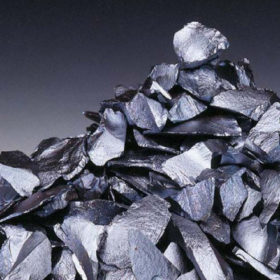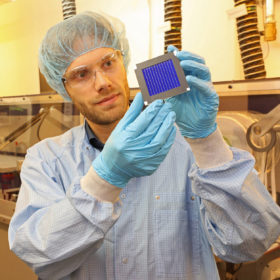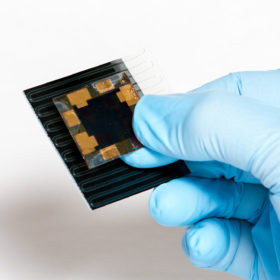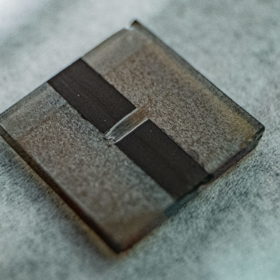A whole new KIT of solar cell materials
Scientists at Germany’s Karlsruhe Institute of Technology have received €4.5 million from the Carl Zeiss Foundation to begin a project developing an entirely new solar cell concept they say will combine the printability of organic PV, long-term stability of crystalline solar cells and ferroelectricity of lead-halide perovskites.
Organic dopants for a stable perovskite
Researchers at Saudi Arabia’s King Abdullah University of Science and Technology have demonstrated a method they say could improve the stability of perovskite structures. The group found adding an organic dopant served to increase the strength of chemical bonds between organic and inorganic elements of a perovskite.
Daqo pushes poly production cost below $7/kg
Chinese polysilicon giant Daqo New Energy posted $83.9 million in revenue in the third quarter for gross profit of $18.1 million. The company has an additional 35,000-ton production facility set to come online this year.
Three steps to fast-charging potassium batteries
Scientists led by Moscow’s Skolkovo Institute of Technology have drawn upon several of their recent battery material innovations to create a potassium-ion device. The institute says its development will pave the way for ultrafast and durable, high capacity metal-ion batteries, to supply rising demand for energy storage innovations.
The problem with iron solar cells…
Researchers at Sweden’s Lund University have discovered a mechanism by which iron-based solar cells lose up to 30% of their charge. Understanding how the loss occurs, say the researchers, will be the first step to closing the loophole and developing more efficient solar cells based on the abundant material.
Germany sets new record for organic PV efficiency
Scientists from several German research institutes, as well as South China University of Technology, have set a new efficiency record for an organic PV module. The group demonstrated a 12 cell, 26cm² module with an efficiency of 12.6%. The results have been confirmed by the Fraunhofer Institute for Solar Energy Systems.
Orderly disorder: Cambridge scientists make surprising perovskite discovery
Researchers have made a finding they say could vastly simplify and reduce the production cost of perovskite solar cells. Working with mixed halide perovskites, the group found a disordered chemical composition can improve device efficiency.
MiaSolé breaks its own record for flexible CIGS
The California-based Hanergy subsidiary has broken its efficiency record for a large area, flexible CIGS module, achieving 18.64% on a device with a 1.08m² aperture. The record has been confirmed by Germany’s Fraunhofer Institute for Solar Energy Systems.
Indium provides a boost to perovskite stability
Scientists at Rice University in the United States have found by strategically adding indium to an all-inorganic, lead-based perovskite, they can reduce the number of defects in the material and improve its efficiency, as well as providing a significant boost to stability.
New rules for lithium-sulfur selection
Scientists at the United States’ Argonne National Laboratory worked with a class of electrolyte materials they say could greatly improve the performance of lithium-sulfur batteries. The group has devised a selection rule which it says will help researchers select the most suitable electrolyte materials for different battery systems.











